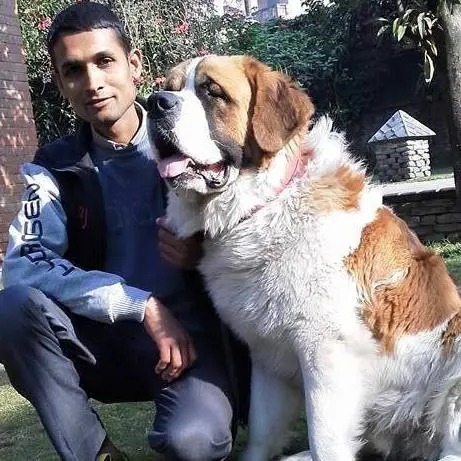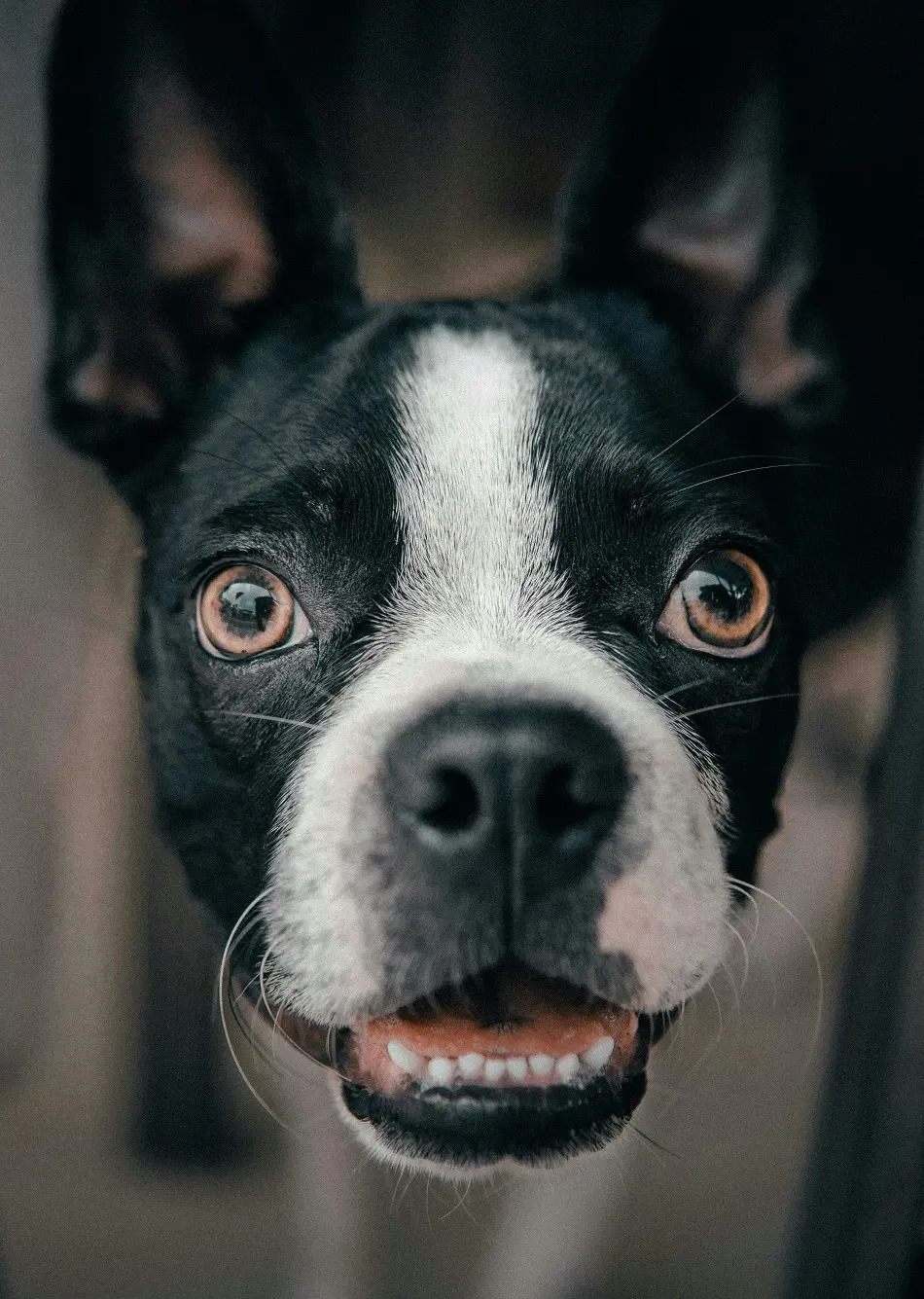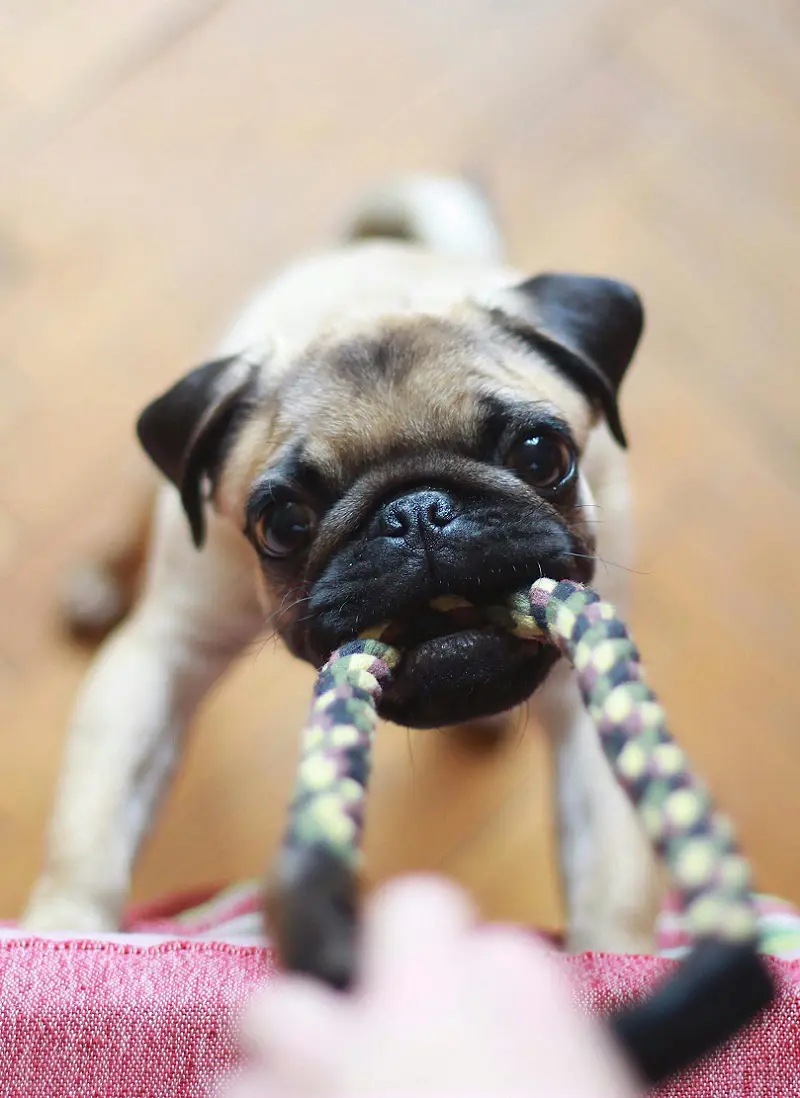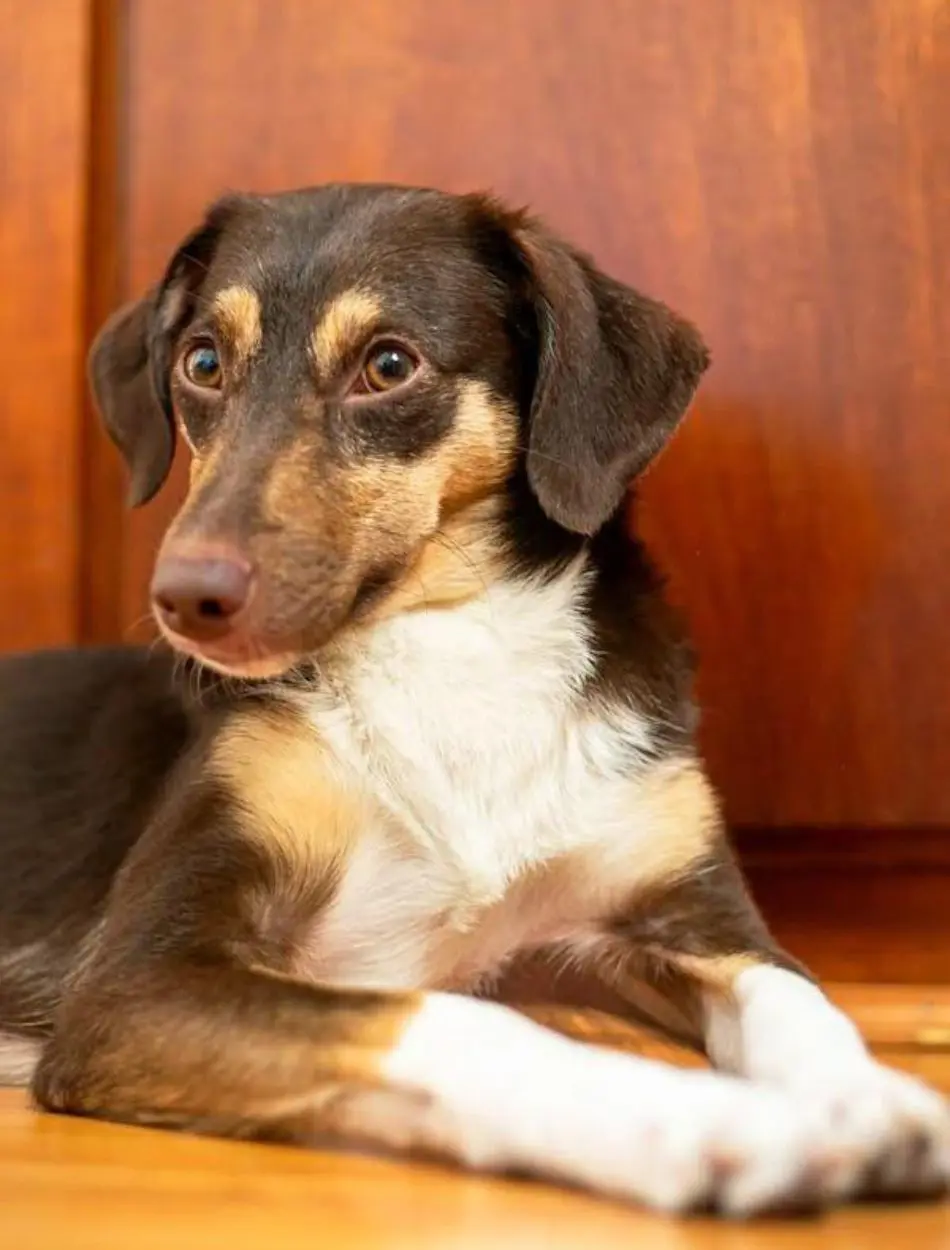Saluki Dog Breed Profile Information And Characteristics

Saluki is a noble dog, honored in the list as one of the utmost reputed canine breeds. All these characteristics have made it known as the breed having grace and a friendly but strong appearance. They are swift and have endurance just like the smooth or feathered coats they wear; besides that, they usually come in different colors.
The Saluki is a purebred dog icon: classic built, long and slender, deep chest, and an aristocratic air. They are quite tall, usually 23 to 28 inches, and weigh 40 to 65 pounds. Endowed with grace but strong which describes them.
Overview
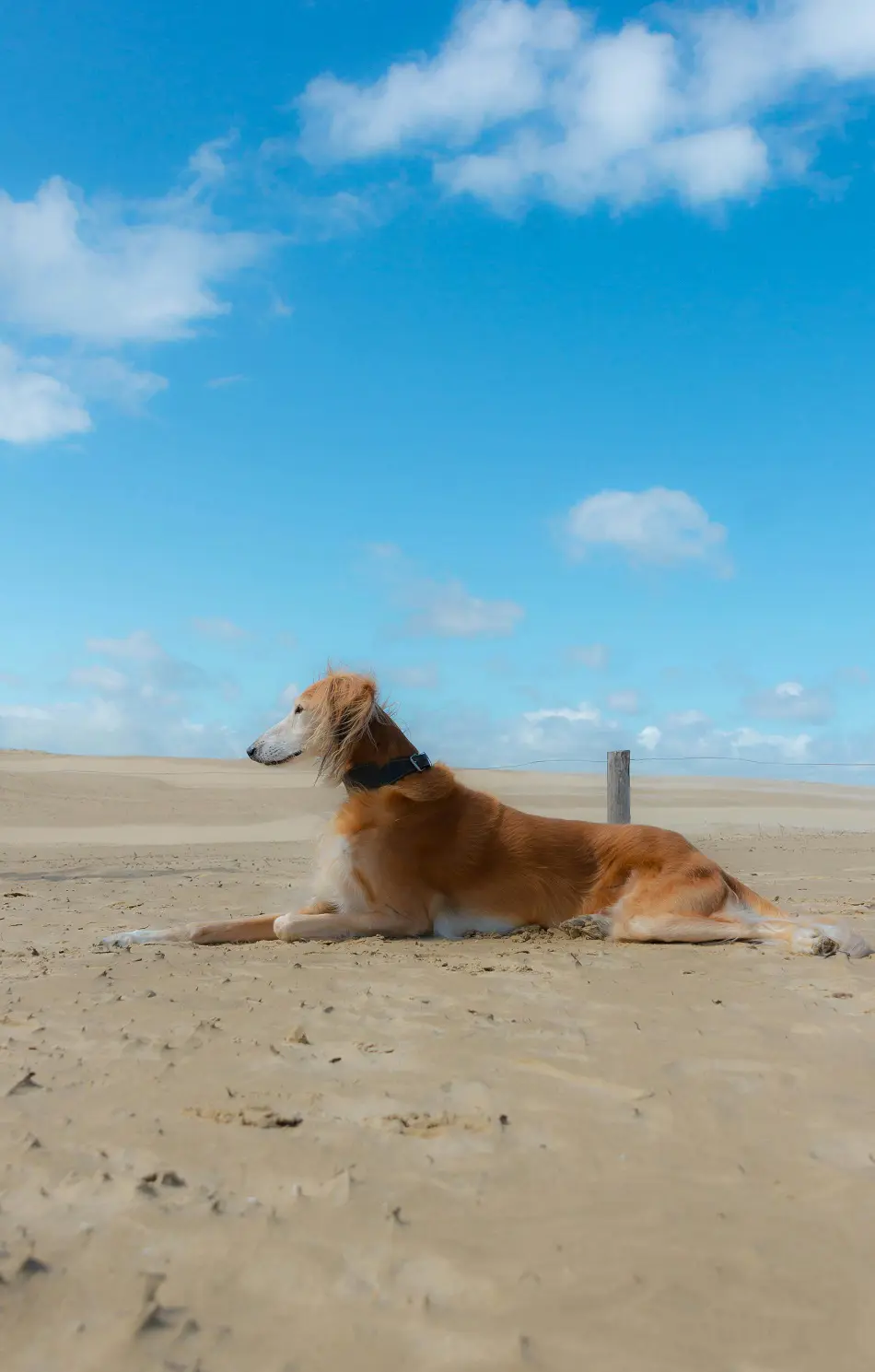
- Height: 23–28 inches
- Weight: 40–65 pounds
- Lifespan: Around 12–14 years
- Colors: White, cream, fawn, gold, red, grizzly, black and tan, or tricolor
- Best for: Active individuals and families, experienced dog owners, and those with spacious living environments
- Personality/Temperament: Graceful, independent, gentle, reserved, loyal, sometimes aloof
Salukis are a very ancient breed created for speed and endurance, used primarily for hunting games in the deserts. They are slim, elegant dogs of a placid and aloof temperament and are very successful hunters. When you look at a Saluki, you see a classically graceful dog.
As with most breeds, ownership of a Saluki is not calm or uneventful, although so many are so impressed with their beauty and regal demeanor; this breed belongs more to the calm, tolerant owner. But be aware that the caliber may not fit every family.
History And Origin
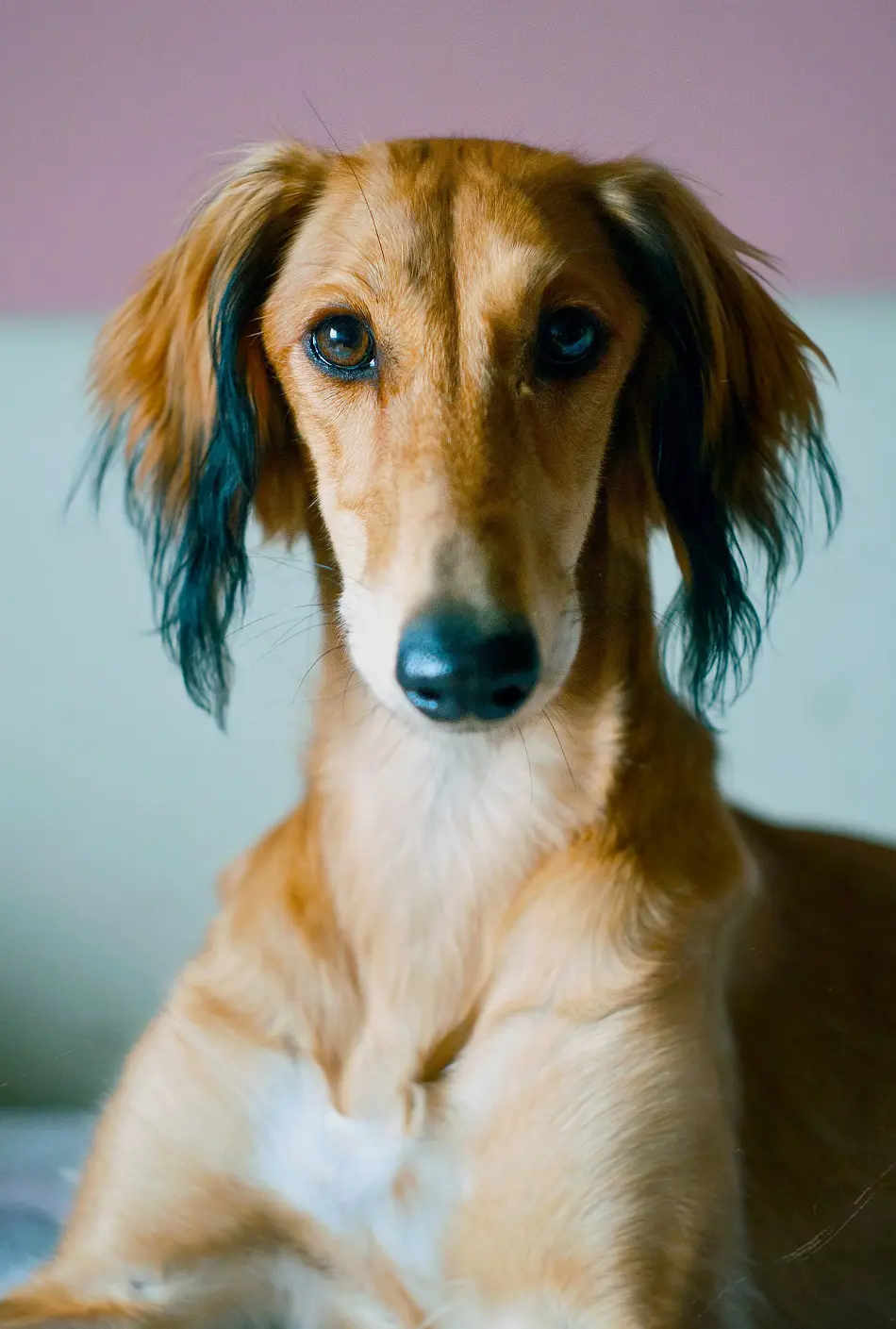
Saluki originates from the Middle Eastern hunting dog, valued for its speed and endurance in chasing game across far expanses of the desert. They are believed to be one of the oldest dog breeds and have been in existence in previous thousands of years, which is reflected in ancient Egyptian art.
The qualities used for hunting in the deserts, particularly in the Middle East and North Africa, were selectively bred in the Saluki by humans. It is slim, giving it an aerodynamic feature, deep-chested, and long-legged, hence it can chase and hunt prey items that include gazelles, which are fast runners.
He is known as the "royal dog of Egypt," and Salukis have been firm companions for nomads, helping actively in hunting and providing guard services for centuries. Such grace, speed, and endurance were adored in old times, so this breed symbolizes nobility and strength.
Characteristics Ratings Of Saluki Dog Breed
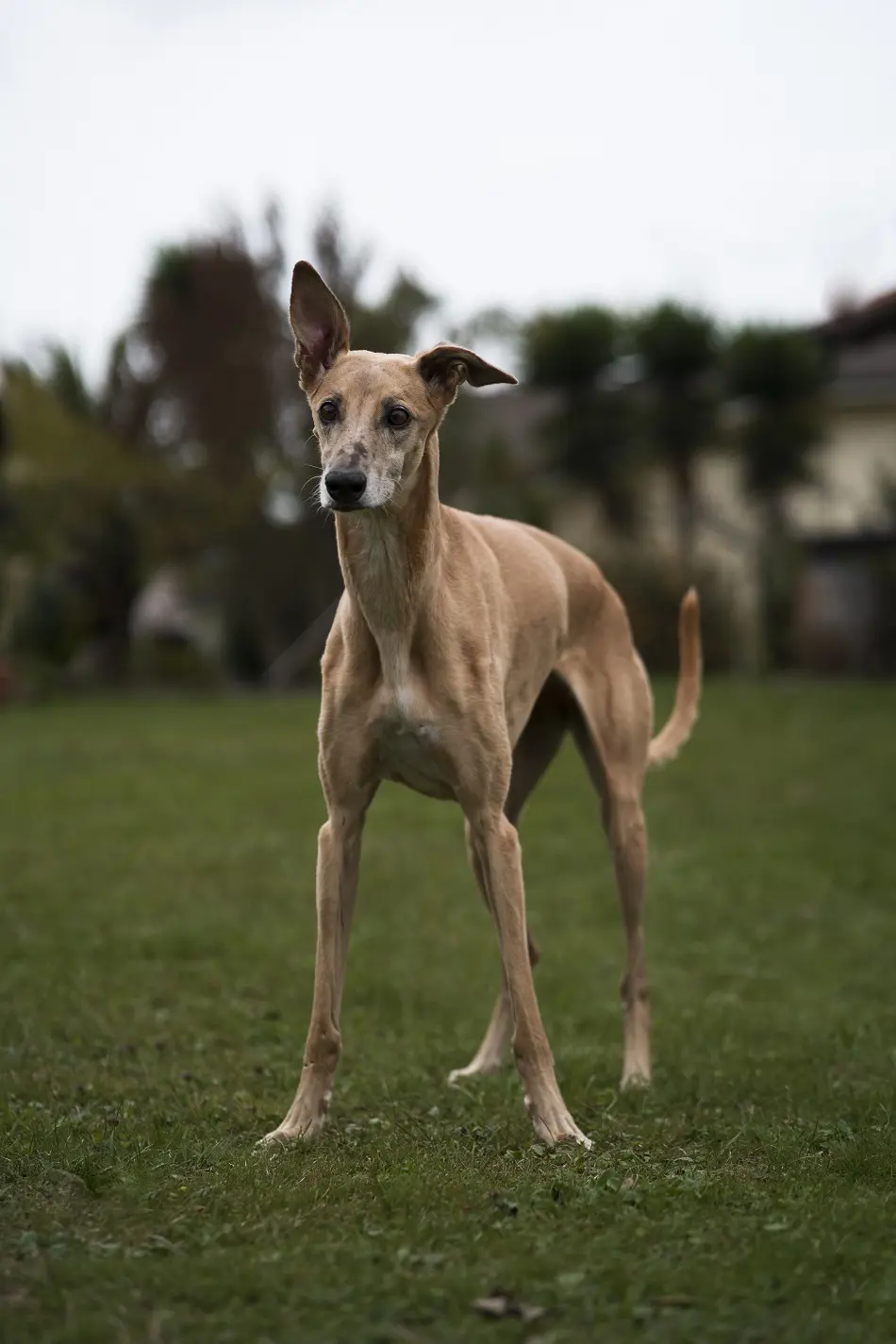
Characteristics rating of Saluki out of 5:
| Playfulness | 3 |
| Courage | 3 |
| Loyalty | 5 |
| Affectionate | 4 |
| Intelligence | 4 |
| Curiosity | 3 |
| Tenacity | 3 |
| Stubbornness | 2 |
| Alertness | 4 |
| Independence | 5 |
Saluki Temperament And Intelligence
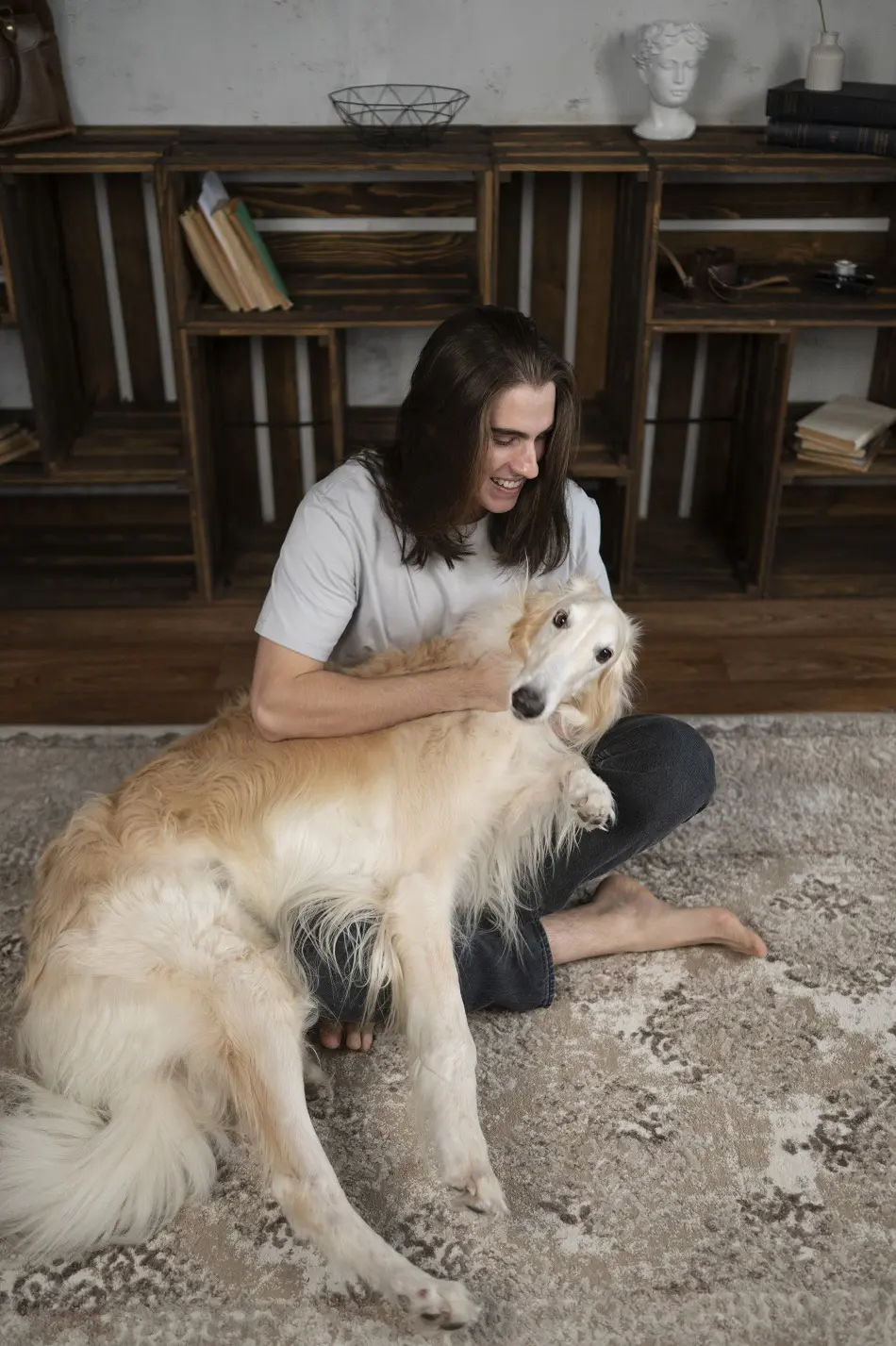
Breeding to run down a fast game, such as gazelle, across the deserts, caused the Saluki to react faster mentally than physically making them an independent thinker on their feet, and able to make quick decisions while running. Though the Saluki today may not be hunting anymore, their independent personalities, together with grace, can still be easily recognized.
Saluki is a very noble and independent dog and sometimes aloof, they are not too interested in command obedience, which was originally inherent in their breeds, to think for themselves. Salukis are gentle and devoted, most likely to form a strong bond with one of the human family members.
They have a quiet and graceful disposition, and they become a quiet presence in any home. They are very quiet and retiring, yet their loyalty and companionship are unsurpassed. They are very difficult to train, but having such a noble and grand companion as they are, they are worth every bit of effort you put into trying to train them.
Are Salukis Family Dogs?
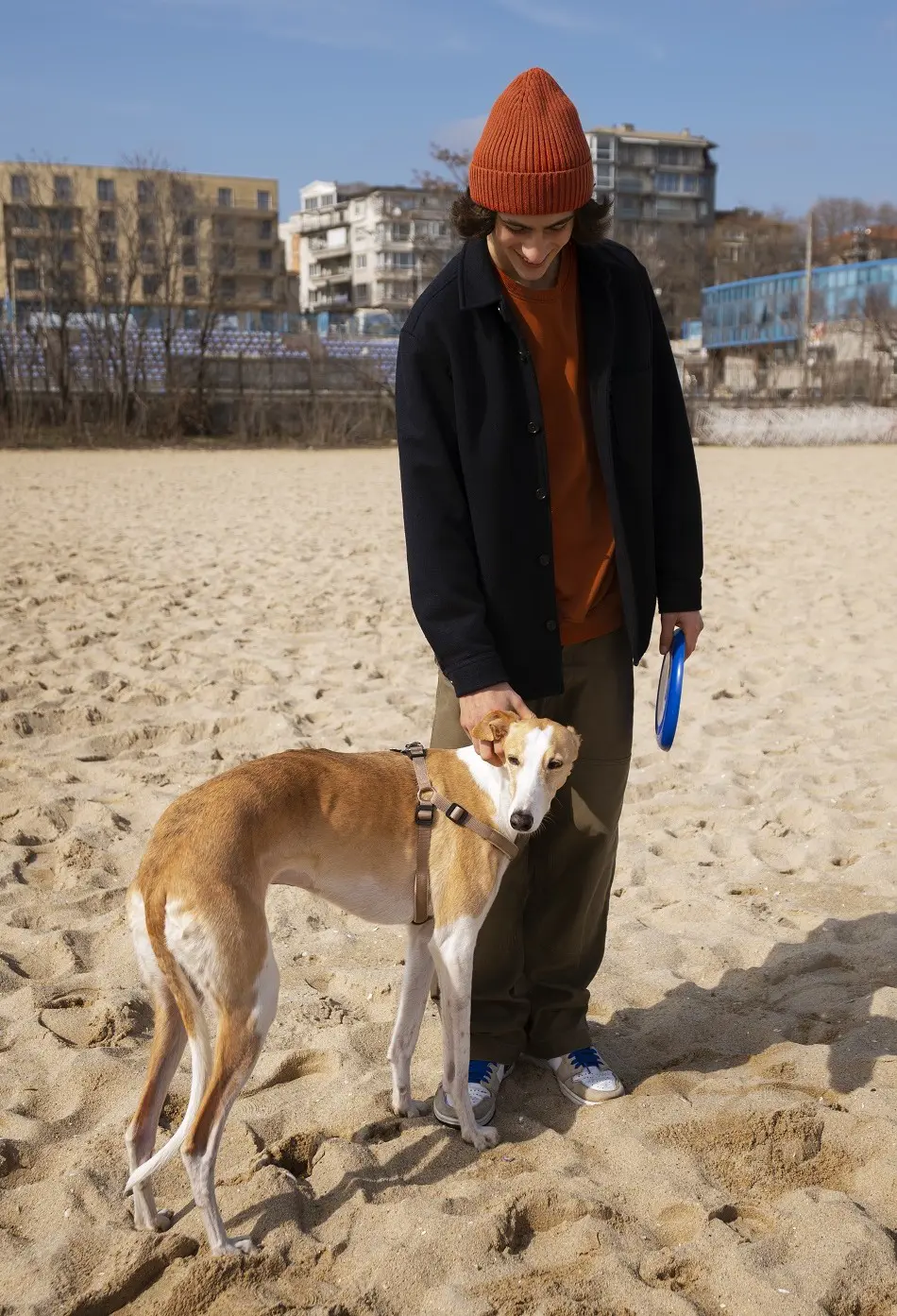
Salukis can make wonderful family pets, especially in homes where there are older children who understand how to deal with the gentle and somewhat reserved nature of the dog. But if your children are much younger, a Saluki may not be the best fit, being sensitive and not liking rough handling or overly boisterous kinds of play.
Well-socialized Salukis can adjust to life with children, but all interactions should be supervised to ensure the dog is comfortable and the child is protected from any untoward behavior by the dog. The former is less playful and energetic than many other breeds, so it might not carry on with rough-and-tumble games by over-energetic children.
They are not the best choice if a family keeps a very busy life or is most of the time out of the house. This breed attaches very closely to family and can become extremely anxious or develop undesirable behaviors if left alone for long periods.
Saluki Care and Grooming
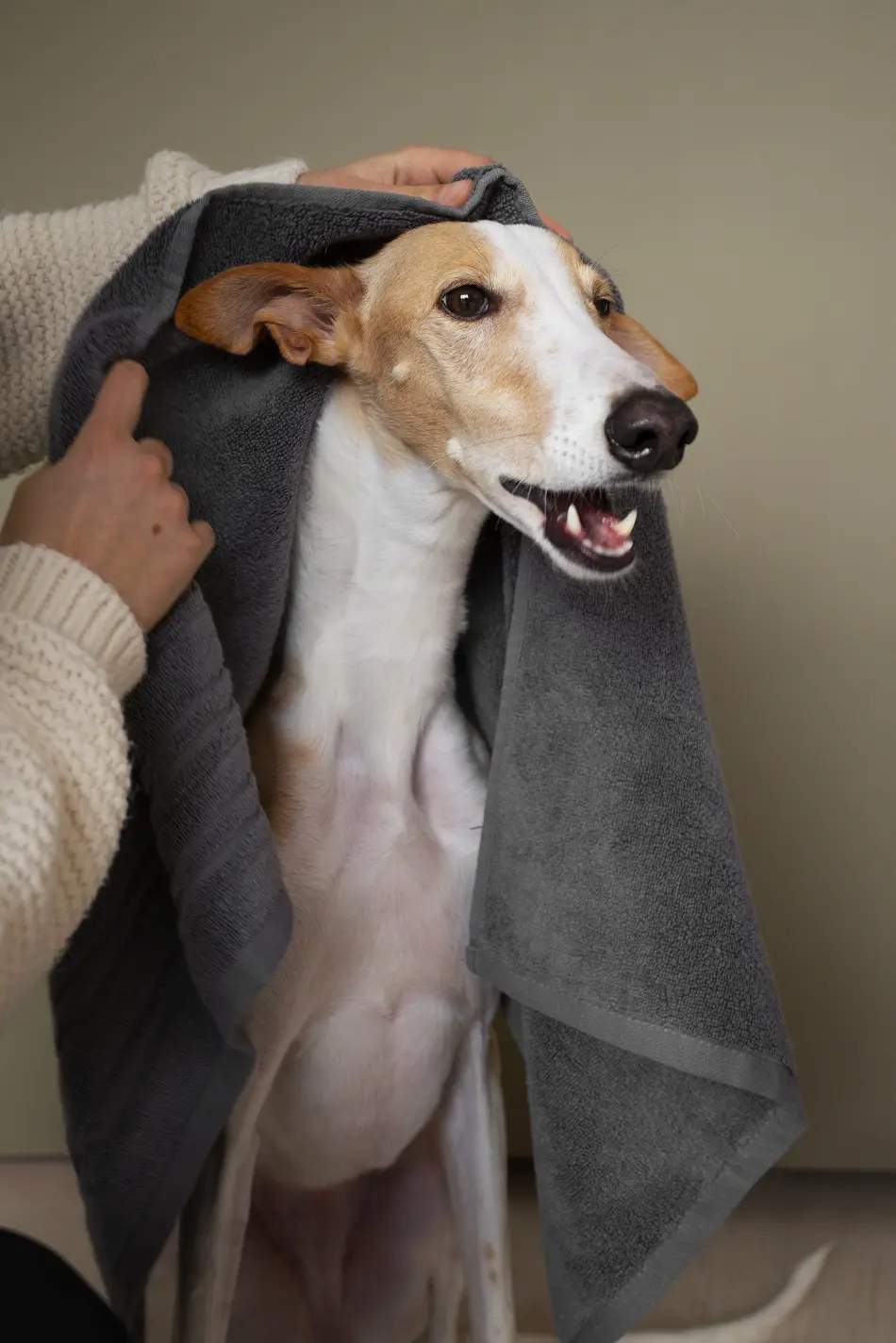
If a person is contemplating getting a Saluki, he should have a better idea of what daily life is and how to care for one of these beautiful dogs. Here are some important points to consider for life with a Saluki.
Exercise
Salukis are very athletic and full of energy, and therefore they need to have a daily exercise routine to maintain good health. They need plenty of space to run and stretch their legs, as this is their heritage from their hunting ancestors. They require a 30-minute to one-hour walk each day and then run within the safe and enclosed walls of the compound.
Salukis are extremely prey-driven dogs, so they should always be on a leash or in a fenced area when allowed to run. Engaging in activities like lure coursing also provides training.
Training
Salukis are intelligent but can be too independent and aloof, making training difficult. They were bred to think on their own when hunting, so they might not be too willing to obey all commands. They do require patience and consistency since Salukis responds best to gentle, positive reinforcement methods.
They are not always the best behaved, but a good relationship with the Saluki and using treats or praise as a reward will always help with training success. If you are using treats in training, make sure you reduce their food accordingly.
Grooming
The Saluki has a short, smooth coat, which can be taken care of with shadows only. A weekly brush using a soft bristle or grooming glove will do to keep the characteristics of its coat in shape. Salukis with feathered coats may take a little more work to avoid the development of tangles and mats.
Bathing should be done as needed, and their nails should be clipped regularly at least once a month. Just like all other breeds, dental care is important. Periodically brushing their teeth and dental treats or water additives can help them maintain good oral health. Consult your veterinarian to find out the best oral care products for your Saluki.
Dietary Needs And Requirements
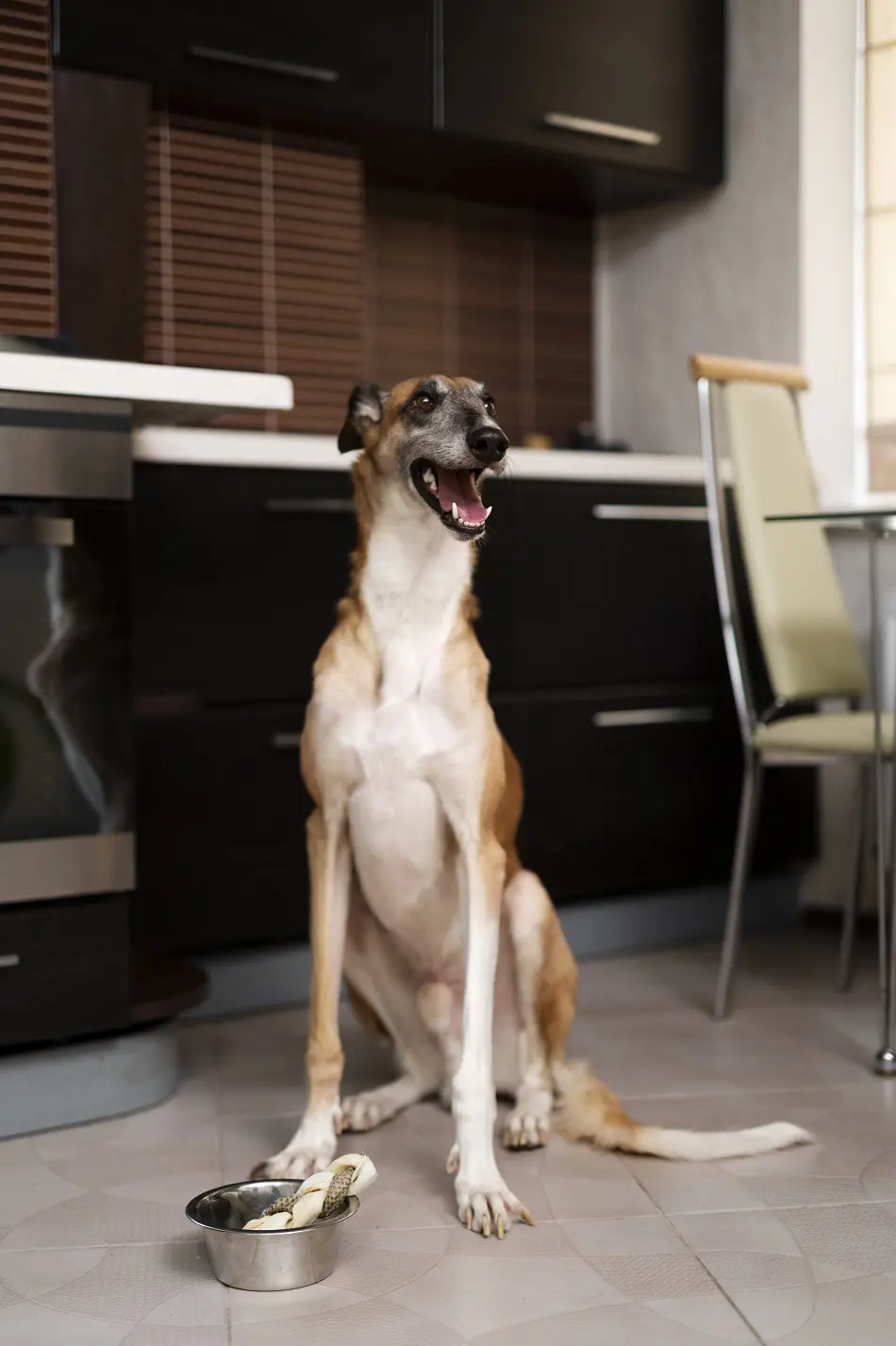
Salukis need a well-balanced diet that will fulfill the nutrients starting from the puppy stage up to its maturity. They are an active breed with a very lean body, so quality food should be given to warrant support for their energy level and overall health.
If you feed canned or semi-moist food to your Saluki, realize that like other breeds, he's at risk for periodontal disease. Either give him some hard kibble every day or take care of his teeth in another way.
Salukis are not usually inclined to be fat, but it's also important to check their weight and make sure that they are fed correctly so that they don't become overweight. By keeping your Saluki fit, you will be helping to keep their joints healthy as well as their overall mobility.
Major Health Concerns
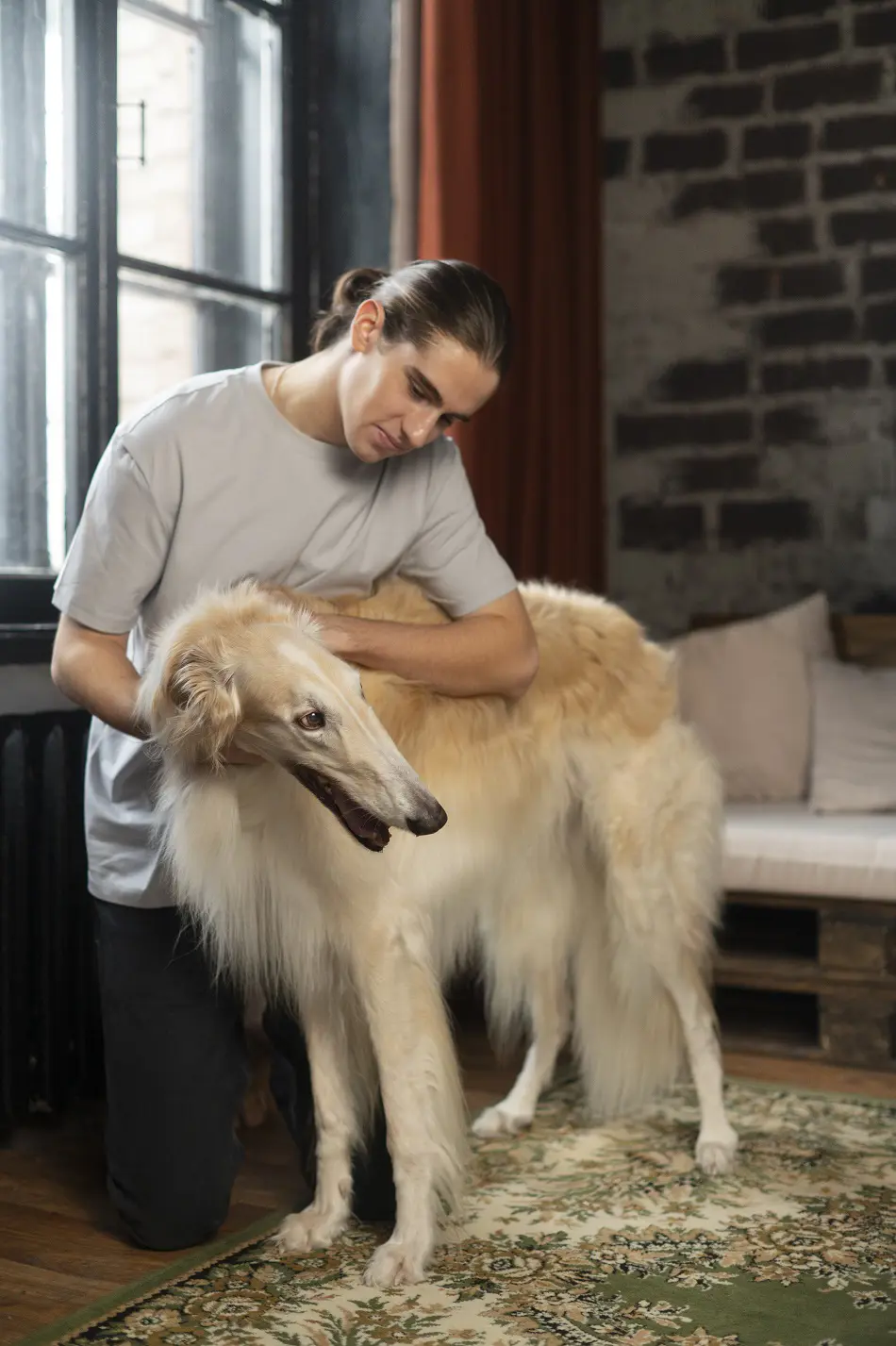
Salukis, as every other breed does, is predisposed to some major health issues. The most common ones in Saluki include:
Cardiomyopathy
It is a heart muscle disorder that leads to the weakening of the organ, which diminishes the organ's ability to pump blood effectively. It may be genetically or environmentally caused in Salukis. Early clinical signs may appear to include lethargy, coughing, or labored breathing.
Cardiomyopathy can progress to congestive heart failure when not treated. Early diagnosis and treatment are based on clinical suspicion and findings from the physical examination; therefore, regular veterinary check-ups and tracking of the heart health are very important.
Hemangio Sarcoma
Hemangiosarcoma is a very aggressive form of cancer with its etiology directly related to blood vessels. In Salukis, it usually affects either the spleen, liver, or heart. This type of cancer is difficult to detect at an early stage since symptoms are subtle and usually manifested by weakness, loss of appetite, or sudden collapse.
It has a fast growth rate, so early diagnosis and treatment are essential. Treatment may involve surgery, chemotherapy, or both.
Autoimmune Thyroiditis
Autoimmune thyroiditis is a condition of the immune system in which it fights the thyroid, leading to hypothyroidism. Salukis affected by this usually show symptoms that include weight increase, lethargy, hair loss, and skin infections.
Since the thyroid gland controls metabolism, if left untreated, hypothyroidism can result in more serious health problems. Autoimmune thyroiditis is treatable if diagnosed early with regular blood testing, and treatment normally involves replacing the thyroid hormone for life.
Progressive Retinal Atrophy (PRA)
Progressive Retinal Atrophy is an inherited disorder that leads to progressive degeneration of the retina and eventually results in blindness. In Salukis, PRA usually begins in middle age, and the first sign of a dog that has this problem is night blindness or poor vision at dusk.
As the disease progresses, vision will continue to deteriorate and affect daylight vision. There is, so far, no cure available for PRA, but supportive care and adjustments made to the living environment can contribute much toward the management of the disease and providing an affected dog with a good quality of life.
Anesthesia Sensitivity
Salukis have been found to be extremely sensitive to anesthesia, which in itself is not unusual in sighthounds. This sensitivity can be said to result from unique metabolisms and low body fat in sighthounds, which are influential in the ways their bodies process some anesthetic drugs.
Sensitivity to anesthesia usually leads to complications during surgery, which ranges from longer recovery time and also increases the chances of adverse reactions. This sensitivity shall influence a veterinarian to use anesthetic protocols tailored for use on sighthounds to minimize such risks and ensure safety for Salukis that have to undergo surgery.
Facts About Salukis
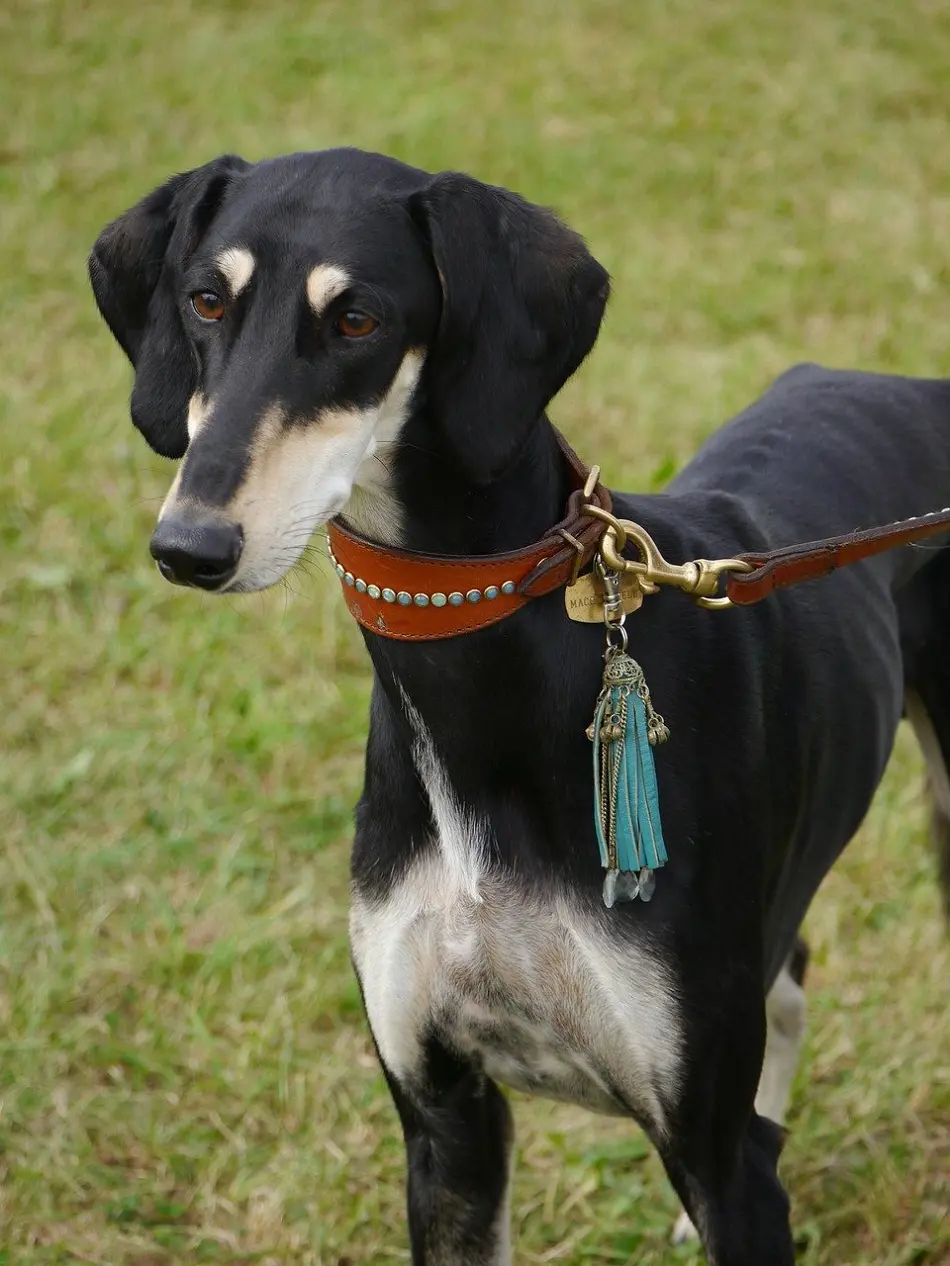
Classifying As A Sighthound
Salukis belong to the Sighthound category, which means they track their quarry by sight rather than smell. Their keen ability to detect elements from vast distances, coupled with an unmatched capacity for speed in the chase, earned them a special place among one of the most valued hunting companions ever owned.
Astounding Speed
Salukis happen to be very fast runners and may run up to 42 miles per hour; whereas 68 km/h is also possible, they happen to be the second fastest dog breed after greyhound. Their speed combined with the addition of agility happens to be the main reason why it was adapted for hunting purposes by royalty and nobility.
Energy Levels
Even though Salukis are pretty laid back indoors, they still require some amount of exercise and mental stimulation every day. They do their best where there is space to run about freely, making them pretty suitable for active families. This is an indication that owing to their breeding from hunting dogs, they used to travel long distances.
Adaptability
Provided they get enough exercise, Salukis do not have any problem living in apartments or large houses. However, their strong prey drive requires their owners to be careful how they treat small animals.
This flexibility also expresses itself in its historical function, over millennia, in almost any imaginable setting from Middle East deserts to temperate regions.
Long Life Span
Saluki's life expectancy is about 12 to 14 years, which is considerably long for a dog breed. Many Salukis live even longer if well-cared-for and continue their services as faithful friends even in old age.
Cultural Importance and History
For hundreds of years, Salukis were acclaimed, and in ancient arts famously referred to as the "Royal Dog of Egypt." Monarchs and noblemen appreciated them for their speed, agility, and tireless hunter qualities. So, gracefulness of appearance and hunting prowess have made them a cultural symbol of great wealth and power through the ages.
Indeed, today, in many Middle Eastern cultures, they are considered to be the acme of nobility and grace.
Top Lists
